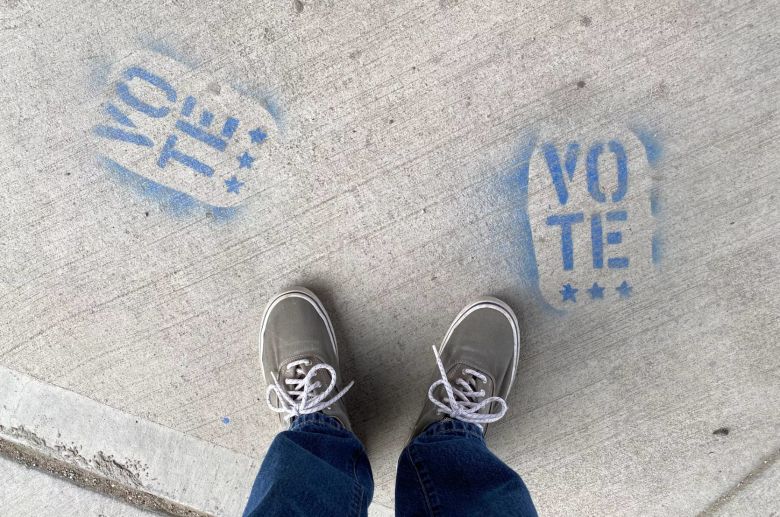Overview:
The recent election results in Texas, particularly in Harris County, signal a shift towards the Democratic Party, with voters rejecting extremism and focusing on safe neighborhoods, good schools, and affordable healthcare. The Democrats’ success was attributed to strategy, organization, and persistence, and they must not take this momentum for granted. The real test is whether they can turn campaign promises into tangible change. Meanwhile, Republicans need to adapt and run candidates who can differentiate themselves from the MAGA wing.

By ReShonda Tate
Democrats are celebrating. Republicans are regrouping. And Texas is buzzing after a political jolt few saw coming.
The so-called blue wave that swept through the country didn’t just shift a few seats; it signaled something deeper – voters are paying attention again.
But here’s the real question: Now what?
Because winning an election is one thing, governing, gearing up for the next election, and keeping the people’s trust, is another.
Harris County has historically been a blue area, but Texas is overall a red state. Now, after the results of the Nov. 4 election, many believe this is finally the time to turn the state.
What should make Texas Republicans especially nervous are the results from the northwest corner of Harris County, where a Democratic slate defeated Republicans in what was once their own suburban stronghold. Even a last-minute push from Gov. Greg Abbott couldn’t stop the party’s slide.
If Abbott couldn’t help Republicans hold these three seats, it’s fair to ask how he plans to turn all of Harris County “dark red” in 2026 as he’s promised. The truth is, voters in this region are sending a message: extremism doesn’t play well in the suburbs anymore.
Whispers among Republicans are that they need to run candidates who can differentiate themselves from the MAGA wing that Houston voters clearly rejected because the same rhetoric that electrifies national rallies is falling flat with everyday Texans who just want safe neighborhoods, good schools, and affordable healthcare.
Meanwhile, Democrats have found a model that works, and they’d be wise not to take it for granted. Their wins didn’t come from social media sound bites or last-minute door knocks. They came from strategy, organization, and persistence.
They raised money early. They reached suburban voters where they live through “carpool canvassing,” a technique that lets neighbors talk to neighbors. They talked about education and affordability, not partisanship and power. And it worked.
That’s a much-needed reminder that when a community mobilizes, a district can, in fact, be reclaimed, not for a party, but for progress.
But let’s not get too comfortable. A wave, after all, can lift us up or wash us away, depending on what we do next. If Democrats see these wins as a finish line instead of a starting point, they risk losing the momentum that made this moment possible. The real test is whether they can turn campaign promises into tangible change.
Because the voters who turned out didn’t do it for symbolism, they did it for solutions. They’re tired of chaos. Tired of politicians chasing headlines instead of results. And they’ve made it clear: competence matters more than partisanship.
So, yes, celebrate the wave. But then roll up your sleeves. The work starts after the confetti falls.
This election proved that Texas voters, particularly in diverse, rapidly growing areas like Harris County, want leadership that listens, not lectures. They’re not impressed by culture wars; they’re focused on the cost of living, schools that work, and leaders who show up year-round, not just at election time.
If Democrats can remember that, they may turn this blue ripple into a lasting tide. If Republicans can’t adapt, they’ll keep getting swept away.
Either way, voters have spoken.
This story was originally published on Word In Black on November 12th, 2025
Related
The post {{post title}}, https://wordinblack.com/2025/11/a-blue-wave-now-what/ appeared first on Word in Black.
